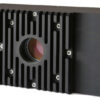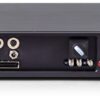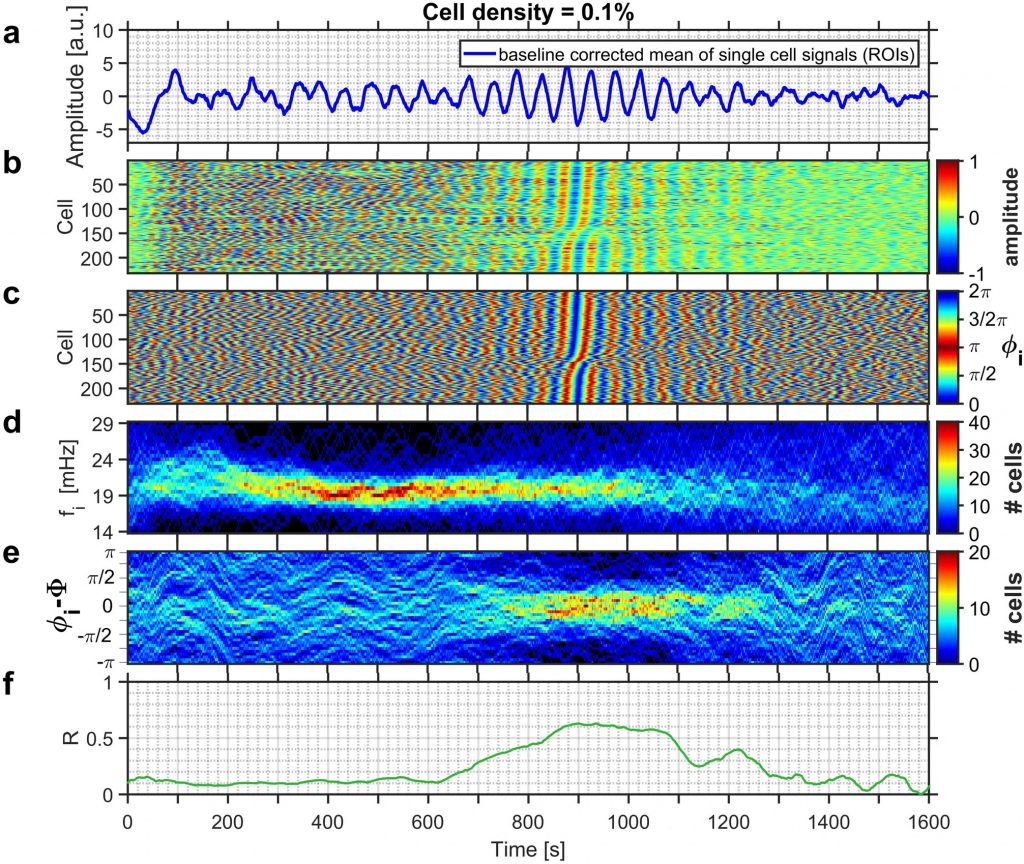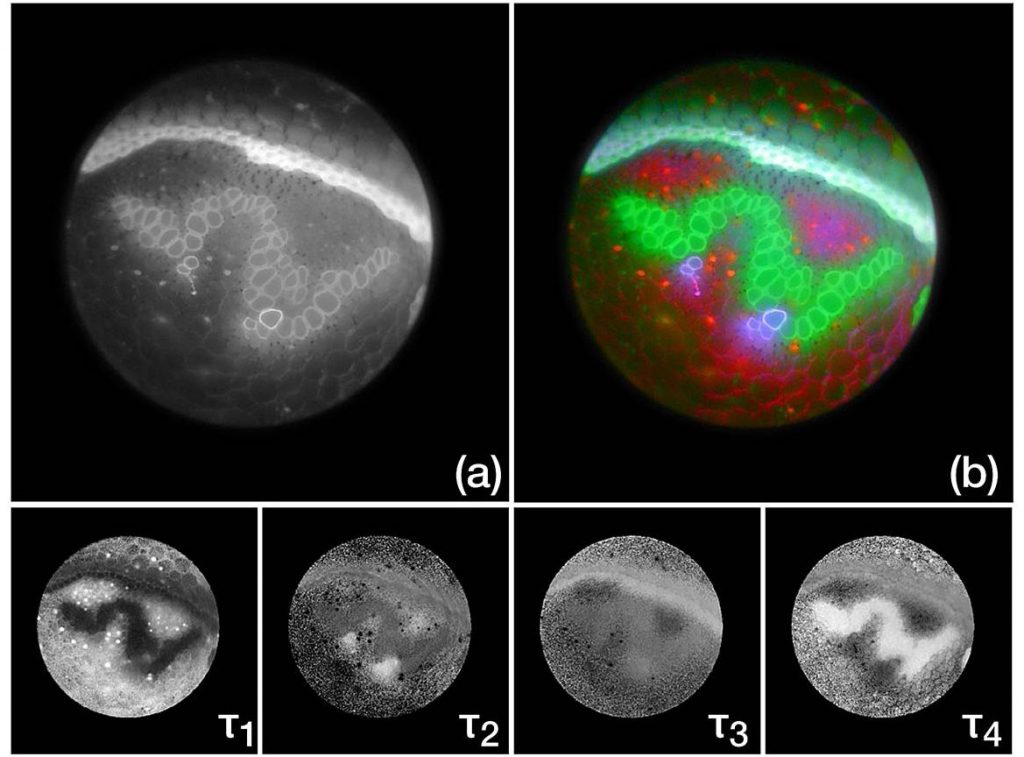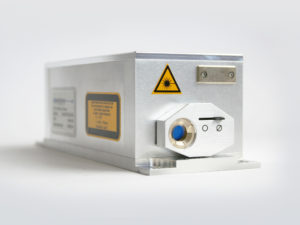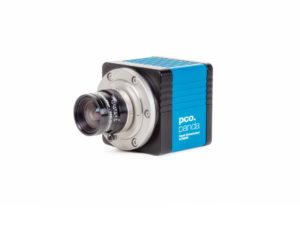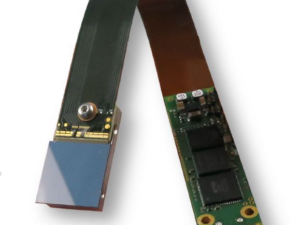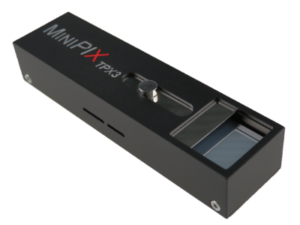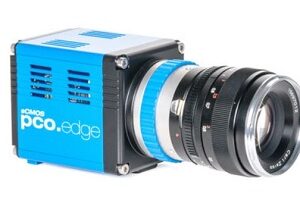Description
Single photon detection System
Photon counting is the only way to get as much information brought by light as it is physically possible. Here we present the system allowing to detect not only arrival time of individual photons but also a position as straightforward as camera. Standing on the shoulders of night vision technology LINCam allows to extend any simple wide-field microscope to the powerful fluorescence lifetime imaging system.
Acquisition System
Everythng one needs for robust and reliable single photon counting in a single box. The acquisition system integrates time to amplitude converter, analog to digital converters, power suppliers, reference signal constant fraction discriminator and more. Just plug it to USB 2.0 port.
| LINCam | |
|---|---|
| Active area diameter, mm | 17 |
| Positional resolution, pixels | 1000 × 1000 |
| Temporal resolution, ps FWHM | ≤ 40 |
| Microscope mount | C-mount |
| Housing dimentions, mm | 145 × 78 × 50 |
| Weight, g | 500 |
| Cooling | Liquid cooled |
| Single photon acquisition system | |
|---|---|
| Maximal count rate, MHz | 1 |
| Dead time, ns | 400 |
| Timing method | TAC + ADC |
| Minimum bin width, ps | 1 |
| Electrical resolution, ps, FWHM | 7 |
| Number of bins | 4096 |
| Reference input | Positive or negative NIM |
| Time tagging resolution, ns | 10 |
| Computer interface | USB 3.0, Ethernet |
| Time tagging resolution, ns | 10 |





